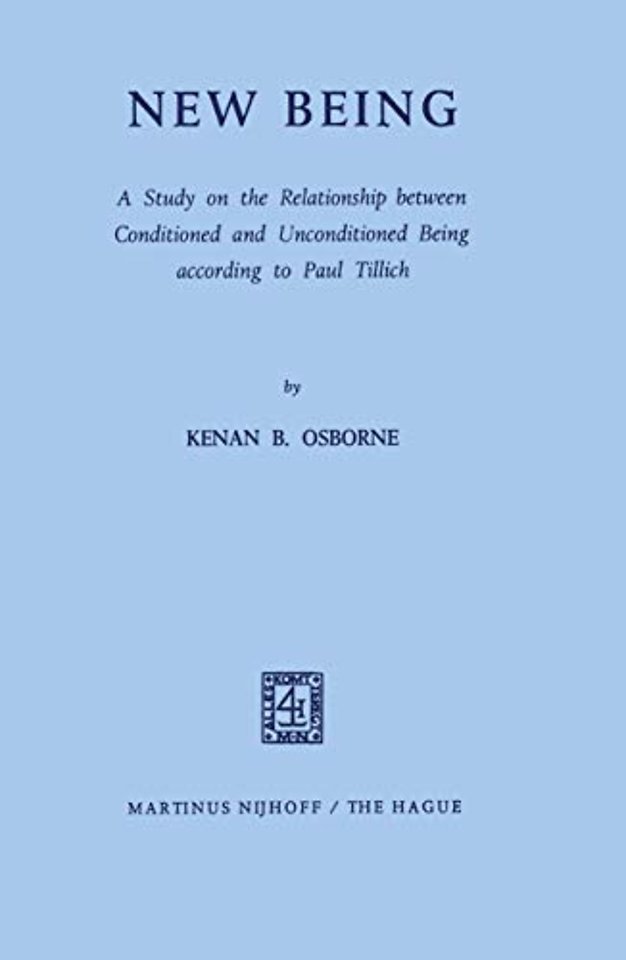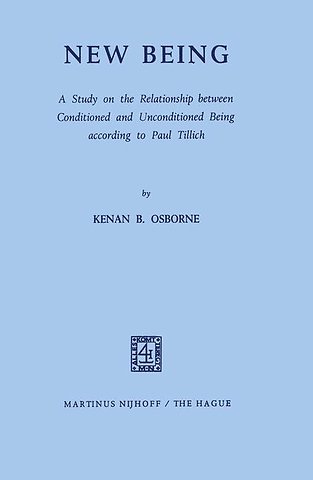New Being
A Study on the Relationship between Conditioned and Unconditioned Being according to Paul Tillich
Samenvatting
The following study on Tillich's theology is based on a doctoral dissertation, presented to the Ludwig-Maximilian University at Munich in December, 1967. Tillich's theology, however, is not a simple structure to analyze, since it is so systematically interrelated. Certainly every major area of his theo logical system involves all other major areas, and even the minor areas have complex ramifications to the total system itself. The following pages, there fore, can only be construed as one among many viewpoints of his system. Tillich's theological structure might be compared to a painting or some other work of art: one must view it now from this direction, now from that. in order to appreciate the total effect. Certain points should, however, be mentioned here. First of all, a key notion in this system is "essentialization. " This concept rounds off and com pletes Tillich's entire work. Unfortunately, Tillich himself did not write extensively on this topic, nor did he actually correlate it to the beginning and middle of his system, although it expresses the final telos of his entire theo logical work. I have drawn out of the Systematic Theology as much as possi ble on the subject of "essentialization," and have tried to analyze it in light of other key-concepts in his system.

